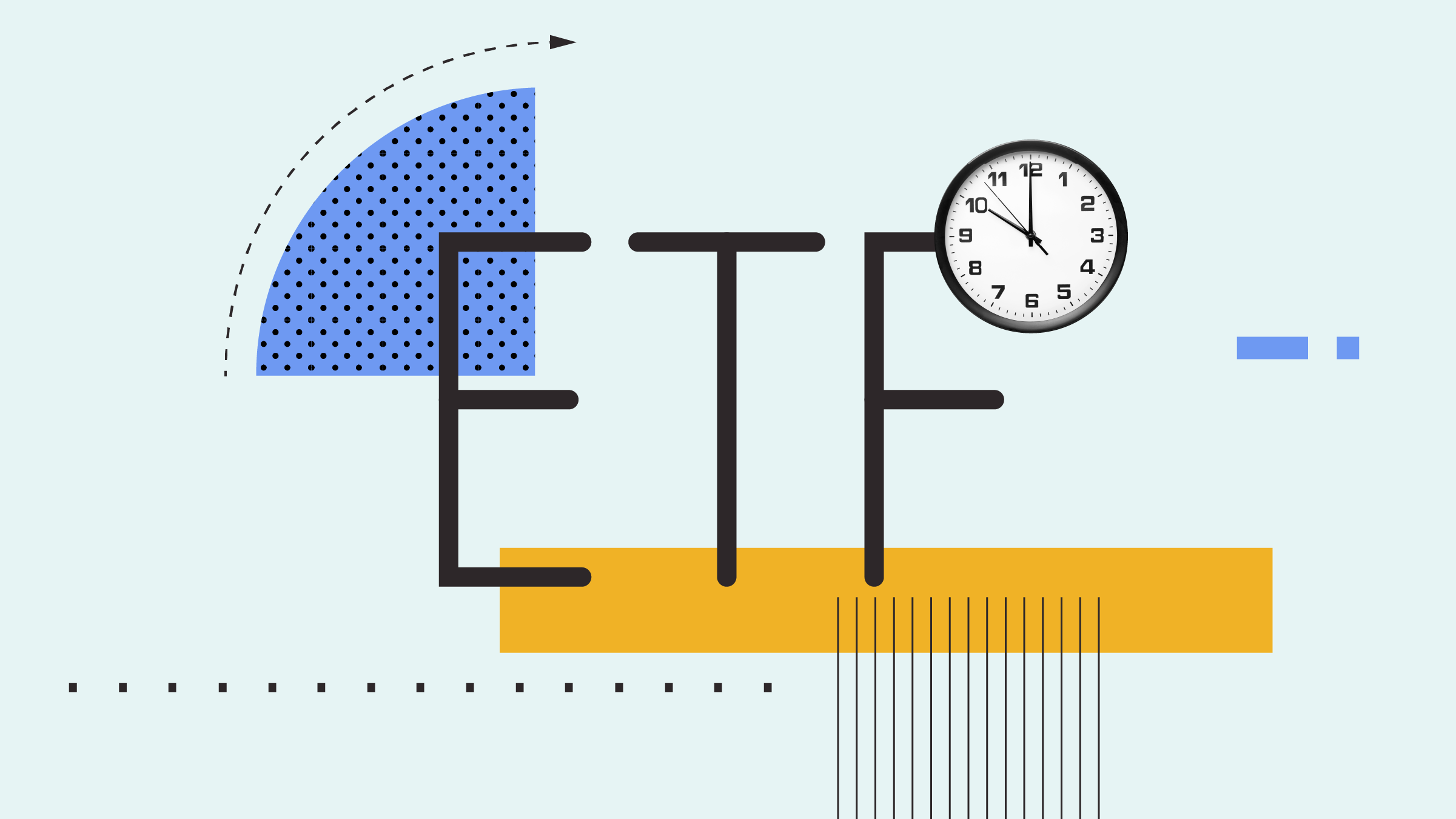
How much money would flow into the market if women invested at the same rate as men?
$3.22 trillion, according to a study by BNY Mellon. The study, Pathway to Inclusive Investment, reveals that women are less likely to invest than men, compounding any existing financial disadvantages and limiting women's collective influence as investors.
It also notes that women want to invest in ways that have a positive environmental and social impact. And if women invested at the same rate as men there would be $3.22 trillion more flowing into the global economy, with $1.87 earmarked for responsible investments.
Women Invest Less Because They Earn Less
Women outlive men by four years on average and must figure out how to save for retirement, often with fewer resources. As investors, women are often perceived as “‘Risk averse’ or less aggressive than men in investing,” says Morningstar’s Director of Personal Finance Christine Benz. Yet a closer look at the data suggests that women’s lower average incomes--rather than gender-related risk preferences--are the key driver behind their lower average allocations to stocks.
Put another way, women earn less, on average, than men, and unsurprisingly, people with lower incomes contribute less and invest less in stocks than do higher-income people. But after controlling for income, Benz found that it appears that women contribute as much to their retirement accounts and invest just as much in stocks as men at the same income levels.
“Addressing income differences, and in turn savings rates, especially at lower income levels, is key to healing the gender gap with net worth and retirement savings. Of course, that’s easier said than done. A complex set of factors contribute to the lifetime income gap between men and women--notably, the fact that women are much more likely to serve as caregivers for children or elderly parents than are men,” Benz says.
Three Hurdles Women Face in Investing
- Financial Jargon – Elsewhere, I argue that the financial advice industry fails women. It fails them in the language that is used. Which is often jumbled with jargon and can unfortunately come across as demeaning. One step towards inclusivity of both genders is reducing jargon.
- Financial Industry Not Embracing Women – Overall, the financial industry can still feel unwelcoming for women. Even reflected simply in representation, for example, in Canada as of March 2022, only 12 per cent of portfolio managers who were responsible for managing a Canadian-based mutual fund self-identified as a woman. There must be a collective effort to change this. And slowly it’s happening with groups like Women in Capital Markets and programs such as the Ivey School of Business’ Women in Asset Management.
- Women Earn Less Money – According to Statistics Canada (2022) as of 2021, the gender pay gap for full-time and part-time employees is 0.89, which means women make 89 cents of every dollar men make. The gender pay gap for full-time employees is 0.90, which means women make 90 cents of every dollar men make. Until this gap is closed, women will lag in terms of investing, simply because they don’t have pay parity.
How do Advisors Engage Female Clients More?
Barbara Stewart, Researcher and Author of Rich Thinking, says, “My advice for advisors sounds counterintuitive. However, encourage clients to open a trading account and do a few trades on their own. A small amount of money is fine.” But once the client is doing that on their own—it’ll give them something to discuss with their advisor.
“Advisors, talk to them. Make it fun. I found it quite bonding with clients,” she adds. Occasionally, the client realizes they really do love investing! It’s also a great opportunity for clients to sort through jargon and get more comfortable with financial terminology and ideally helps improve financial literacy.
Stewart also found that many of her clients ended up respecting what their financial advisors do a little bit more.
“Some advisors are worried clients will pull their money out. That doesn’t really happen. This exercise just shows that you’re a competent advisor,” she says.
Embracing Community
One area where Stewart sees massive opportunities for female investors is within community. Women are notoriously good at building communities—in their neighbourhoods, for their children or centred around a hobby. But there is a lack of investing communities for women.
Stewart is seeing this trend start to emerge in Nordic countries. According to her paper, Women and Investing: Six Questions Answered, 90% of women who invest in Sweden and Denmark are using social communities to share ideas, do their research, and even compete against other investors. An example of this is Morningstar Sweden editor Johanna Englundh, who won an investing contest in 2023!
In the U.S., close to half of women have access to these networks. There are no numbers available for Canadians. However, what an opportunity for women to go online and share and talk about investing—we talk about everything else! Finances shouldn’t be taboo.
The Future is: Non-Gendered.
Stewart sees the future as inclusive. There will be less talk of ‘men like this and women like that’. Moving forward she hopes to see the investment landscape as equally divided. And she sees it happening already as women are catching up: Globally, 24% of women started talking with friends, family, or colleagues about investing since the start of the pandemic, according to Stewart’s paper. “The numbers have jumped,” she says. Women are more interested than ever in investing.
“The future is good,” she says. We will move forward together.
How to Overcome the Investing Gender Gap
One way to overcome the investing challenges is through life-cycle financial planning – and investing, according to my colleague Morningstar Italy’s Editorial Manager Sara Silano. That’s the process in which different life stages determine specific goals that also depend on your type of professional career and family situation.
As Silano says, women often have different life stages shaped by education, family, work and aging. During each phase, women have distinct needs and preferences that call for an investment approach that supports them in building their wealth and securing their long-term financial independence:
- Age 20-30: Women tend not to have a steady income, but it is important to start thinking about saving for retirement, because in this way they can build their wealth and secure their long-term financial independence.
- Age 30-45: Women may take a maternity break to have and take care of children, so they may need to reduce their earnings and pension contributions, which can lead to wealth setbacks later down the road. Women should ensure that their planning reflects their reduced ability to take risks during this period in order to counteract some of these effects. For example, they can focus on payout strategies.
- Age 45-60: As their careers advance, women look toward a phase in their lives in which they can generate higher income and therefore savings, so they can become more sophisticated investors.
- Age 60+: Women’s risk tolerance declines as they rely more directly on capital income and predictable cash streams to fund their activities and living costs during their pre-retirement or retirement phase.
And of course, don’t forget the basic rules that apply to all.




















